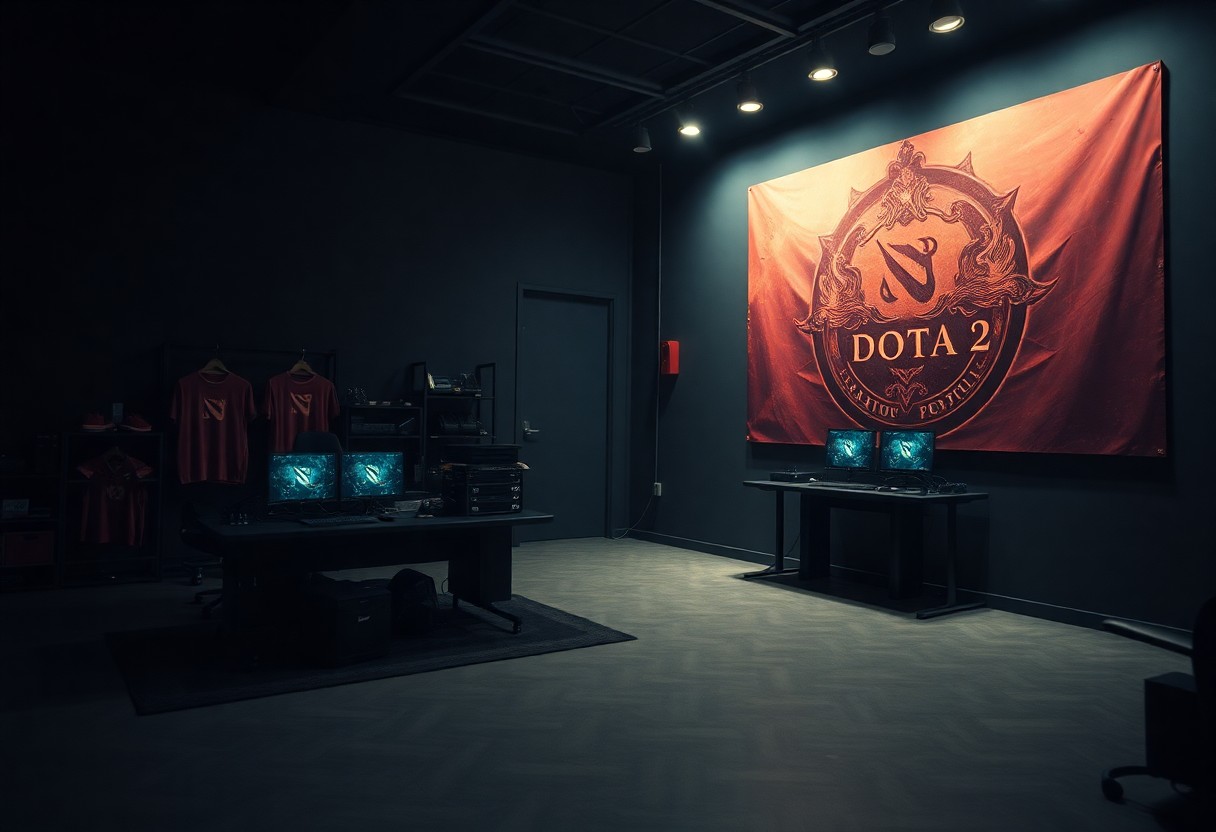Many fans of esports have observed a noticeable decline in Dota 2’s popularity in China, a country that was once a thriving hub for the game. The landscape of competitive gaming in China has evolved considerably over the past few years, prompting discussions around the factors contributing to this downward trend. Various reasons can be linked to Dota 2’s waning influence, ranging from competition from other games to changes in player engagement and regional market dynamics.
At the forefront of Dota 2’s decline is the rise of other multiplayer online battle arena (MOBA) games, particularly Honor of Kings and League of Legends. Honor of Kings has dominated the mobile gaming scene, with its accessibility and appeal to a broader audience allowing it to capture a significant player base. This shift to mobile gaming is particularly relevant in a region where mobile internet usage is high, and players often prefer quick, on-the-go experiences. As a result, the player pool that once actively engaged in Dota 2 has shifted towards these more accessible titles.
Additionally, League of Legends has solidified its position as a premier esports title in China, benefiting from strong marketing strategies and regular updates that keep the community engaged. The organized esports scene surrounding League of Legends, including impressive tournaments and stable team representations, has drawn players and fans away from Dota 2. This transition reflects a broader trend in which competitive gaming becomes increasingly integral to a game’s success, and Dota 2 has struggled to keep pace.
Moreover, issues related to community engagement and support can be observed within the Dota 2 ecosystem. The game’s steep learning curve can be daunting for new players, leading to high attrition rates. While veteran players often thrive, the challenge involved in mastering the mechanics can deter newcomers. Efforts to onboard players through tutorials and community events have not performed as effectively as needed to revitalize interest. As the new generation of gamers emerge, their preferences lean toward more intuitive and engaging games, painting a concerning picture for Dota 2’s future in the region.
Another dimension to consider is the impact of governmental regulations on gaming in China. With increasing scrutiny on online gaming and reforms aimed at curbing excessive playtime among underage players, Dota 2’s competitive scene may suffer a further blow. These restrictions can limit participation in competitive gaming and reduce the pool of active players. In a country where game developers must navigate these regulations, adapting to such challenges has presented an additional hurdle for Dota 2.
Finally, the overall sentiment towards Dota 2 has shifted among gamers and fans within China. Many in the gaming community have perceived a stagnation or decline in interaction with the title, leading to a shift in loyalty towards other games. Branding and community feelings play an important role in the long-term viability of a game, and as players seek more engaging experiences, Dota 2 must address the factors behind its diminishing appeal.
Thus, the decline of Dota 2 in China is a multifaceted issue influenced by various factors including competition from emerging games, community engagement challenges, regulatory constraints, and changing gaming preferences. While the future may not be certain, understanding these dynamics is important for identifying potential avenues to rekindle interest and revive Dota 2’s status in the Chinese gaming landscape.







